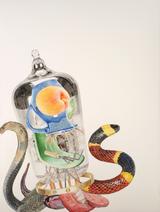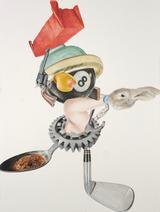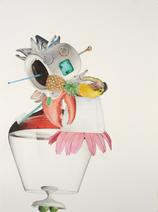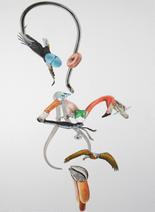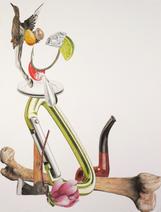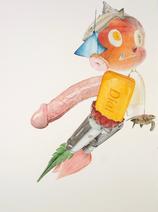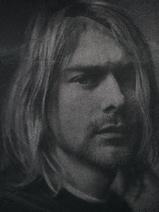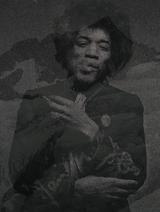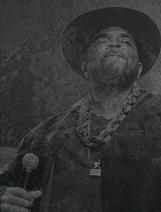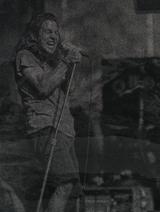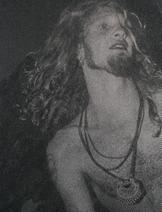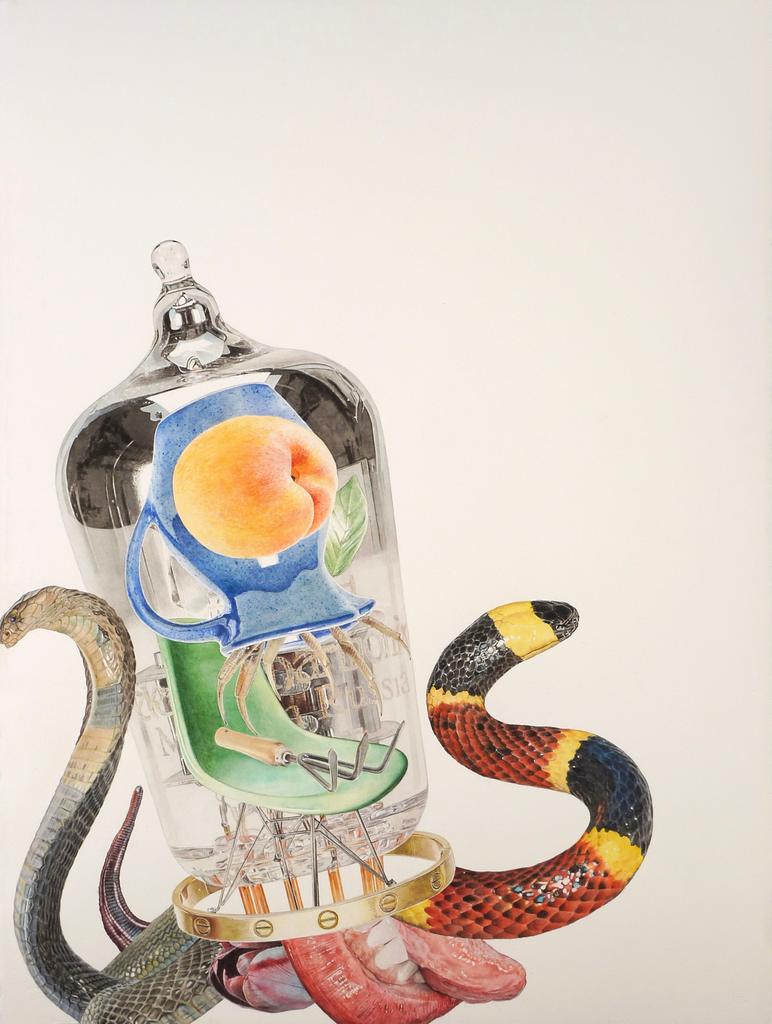
Alfred Steiner Alien (Kang), 2017. Watercolor on 300 lb. hot press paper, 30.125 x 22.75 inches.
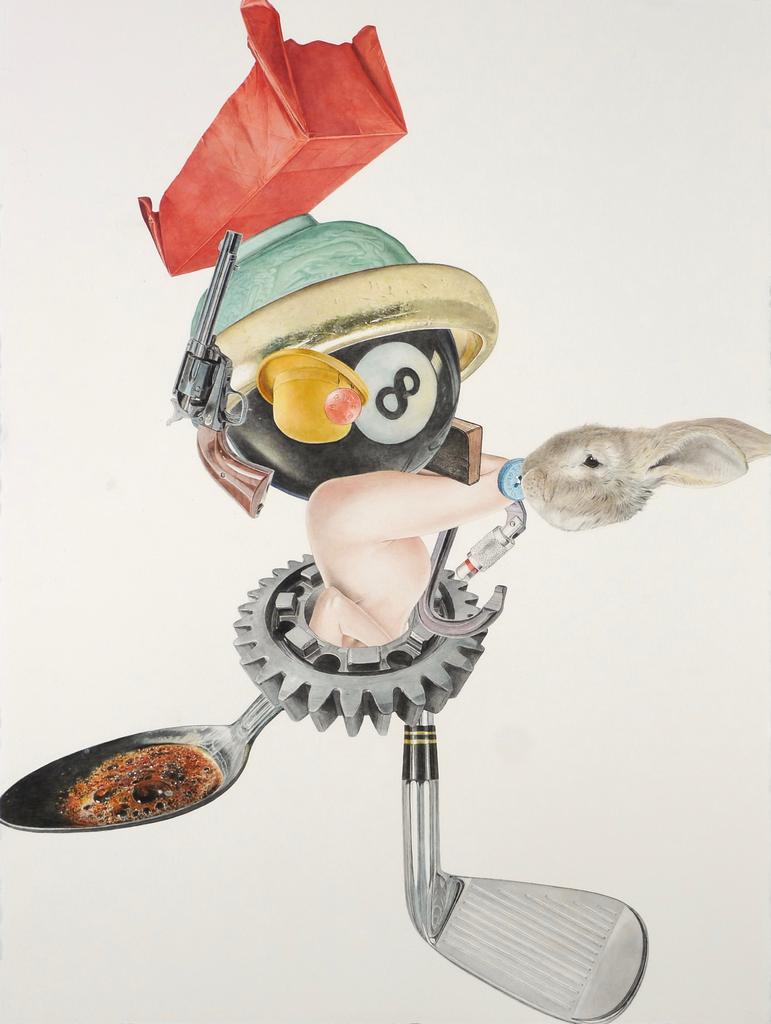
Alfred Steiner Martian (Marvin), 2017. Watercolor on 300 lb. hot press paper, 30.125 x 22.75 inches.
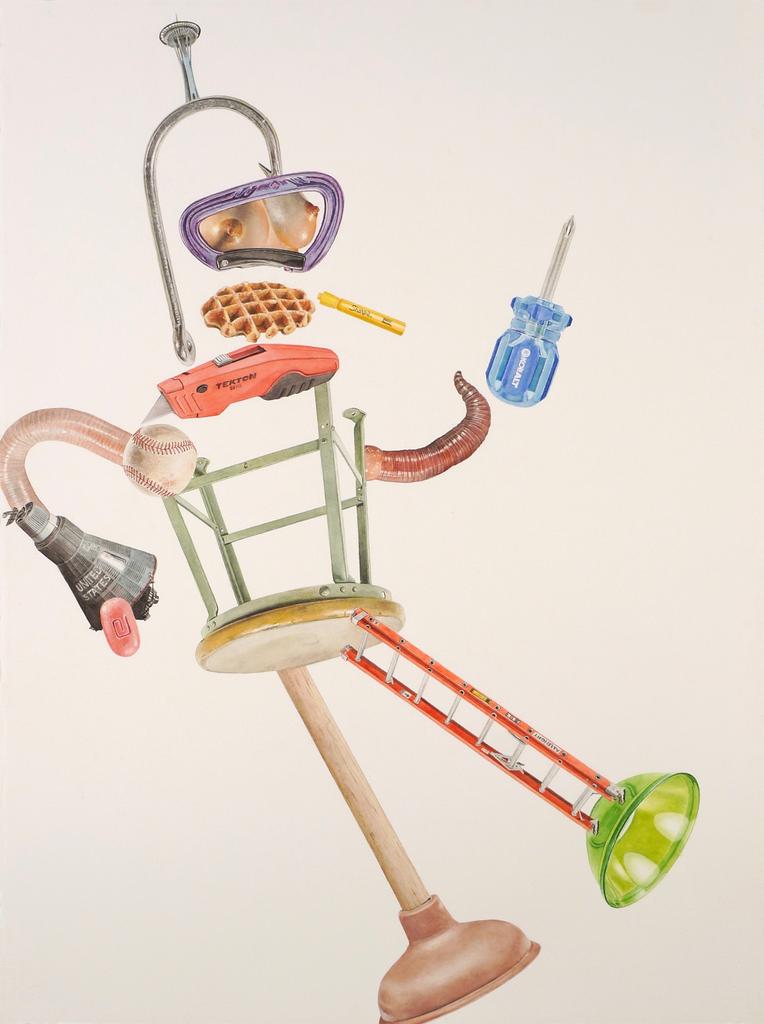
Alfred Steiner Robot (Bender), 2017. Watercolor on 300 lb. hot press paper, 30.125 x 22.75 inches.
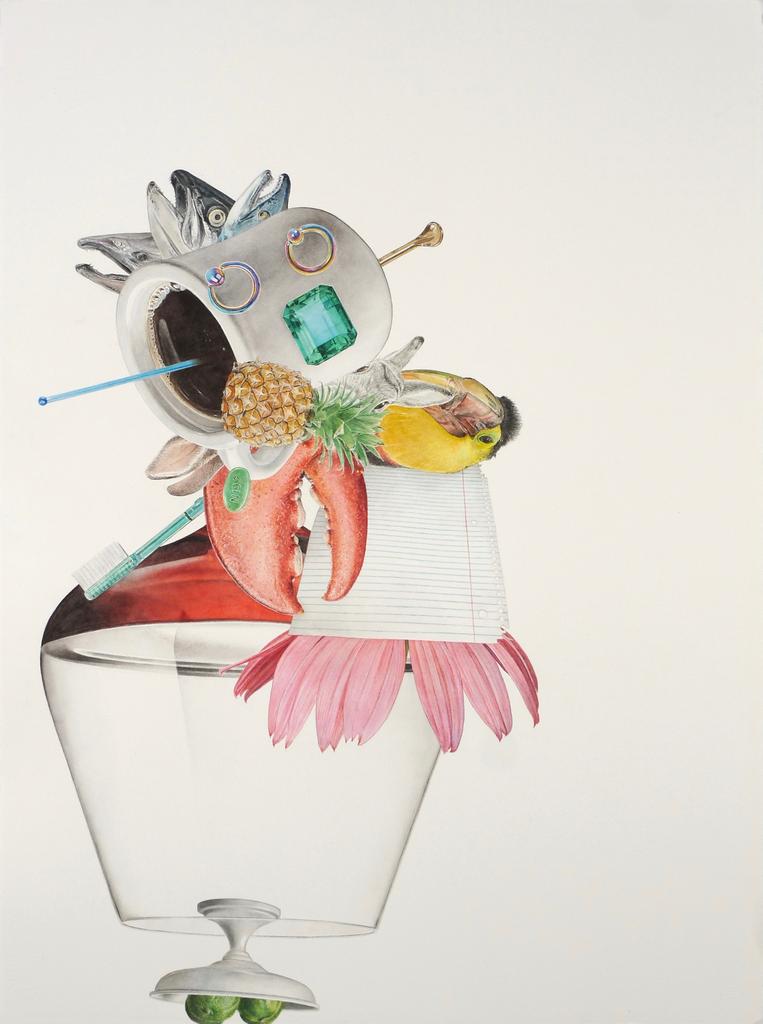
Alfred Steiner Maid (Rosie), 2017. Watercolor on 300 lb. hot press paper, 30.125 x 22.75 inches.
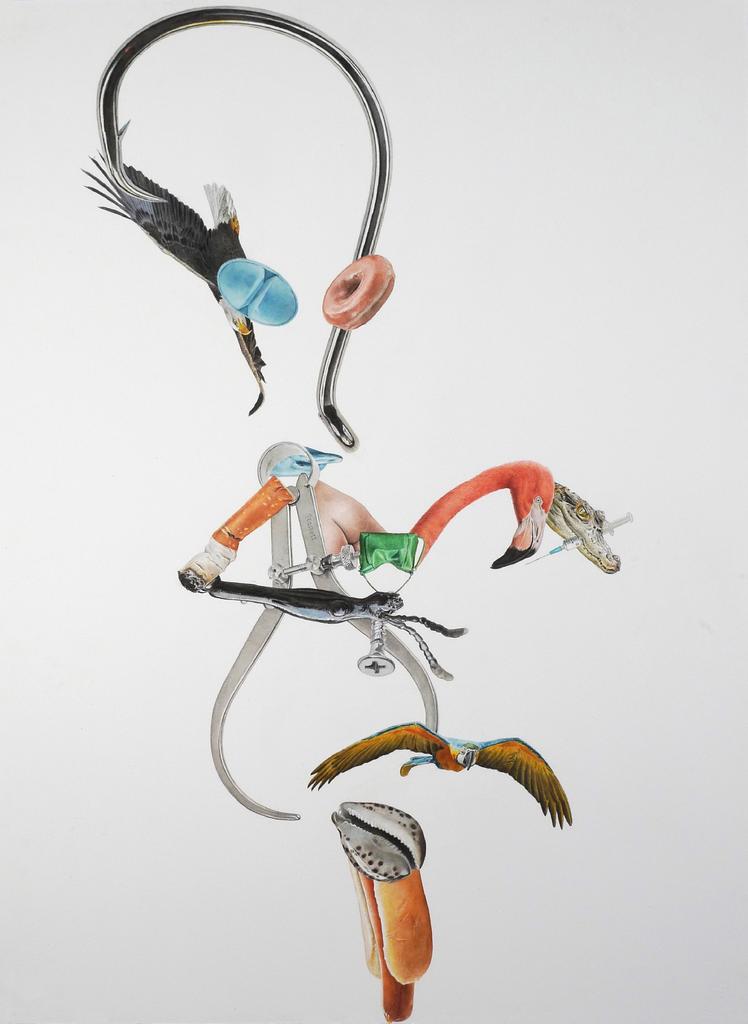
Alfred Steiner Alien (Roger), 2017. Watercolor on 300 lb. hot press paper, 30.125 x 22.75 inches.
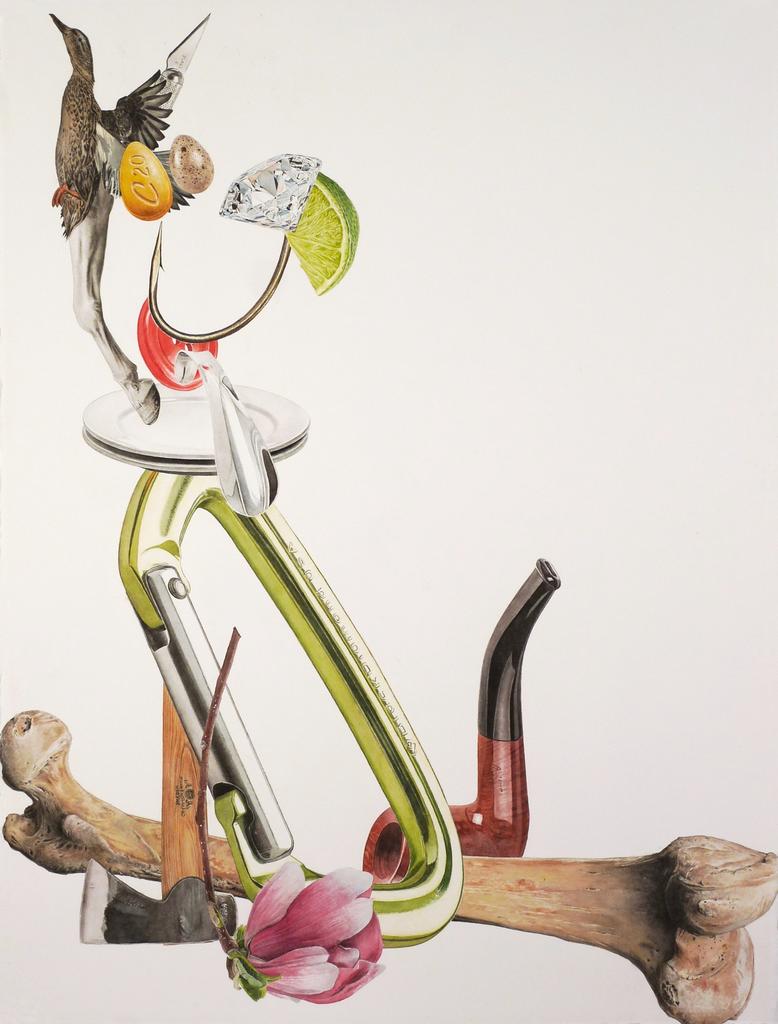
Alfred Steiner Dog (Astro), 2017. Watercolor on 300 lb. hot press paper, 30.125 x 22.75 inches.
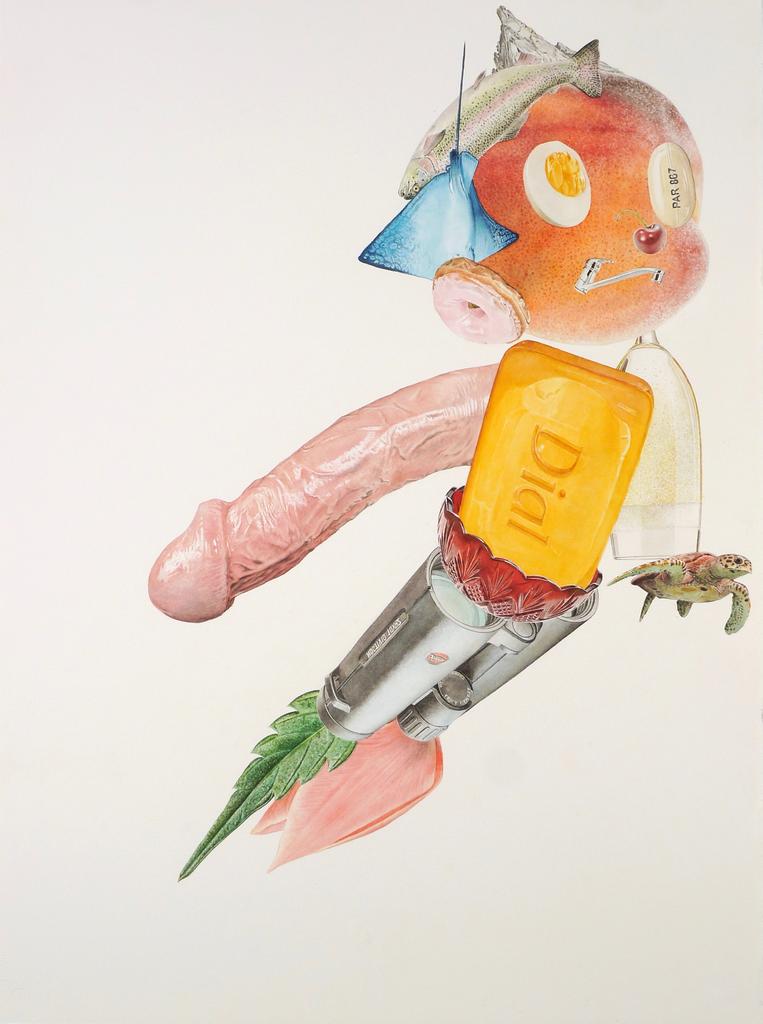
Alfred Steiner Android (Astro Boy), 2017. Watercolor on 300 lb. hot press paper, 30.125 x 22.75 inches.
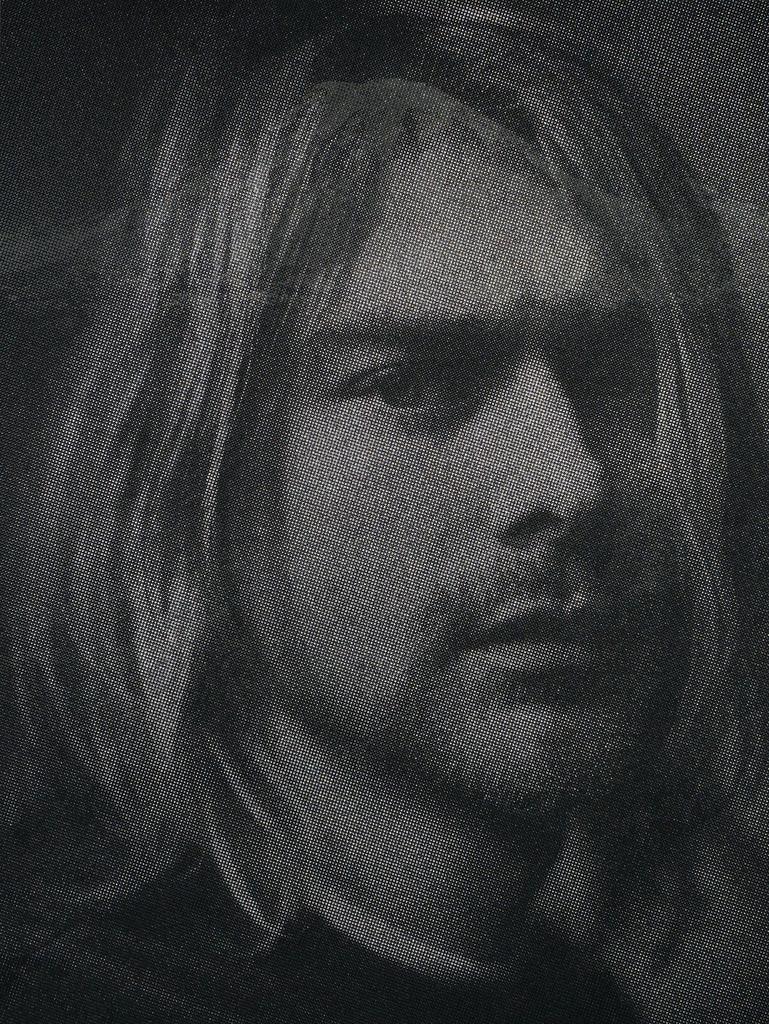
Alfred Steiner Mt. Rainier/Kurt Cobain (after Mark Seliger), 2017. Acrylic and retroreflective ink on Rives BFK gray paper, 30.125 x 22.75 inches.
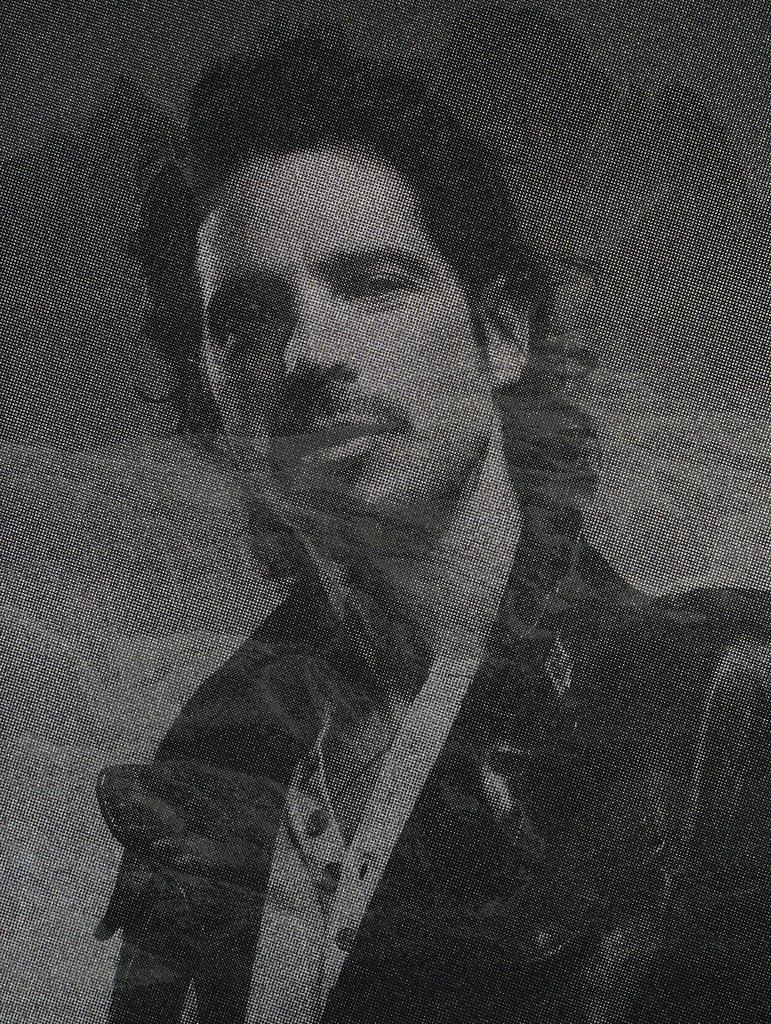
Alfred Steiner Mt. Redoubt/Chris Cornell (after Universal Music PR Photo), 2017. Acrylic and retroreflective ink on Rives BFK gray paper, 30.125 x 22.75 inches.
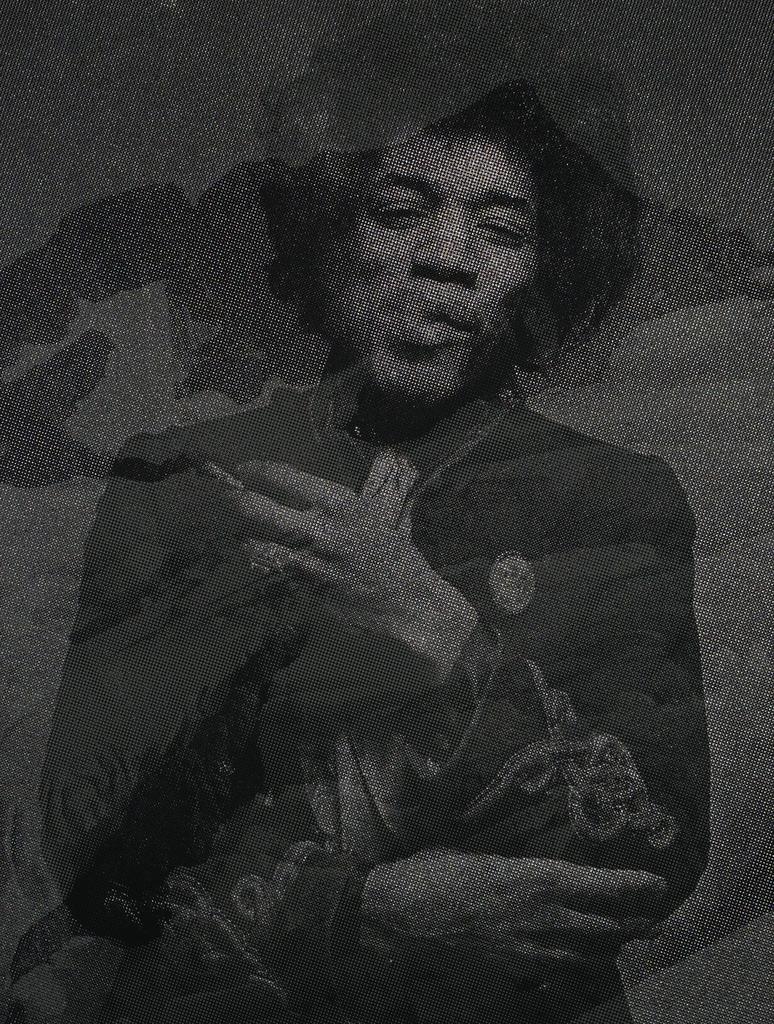
Alfred Steiner Mt. Olympus/Jimi Hendrix (after Gered Mankowitz), 2017. Acrylic and retroreflective ink on Rives BFK gray paper, 30.125 x 22.75 inches.
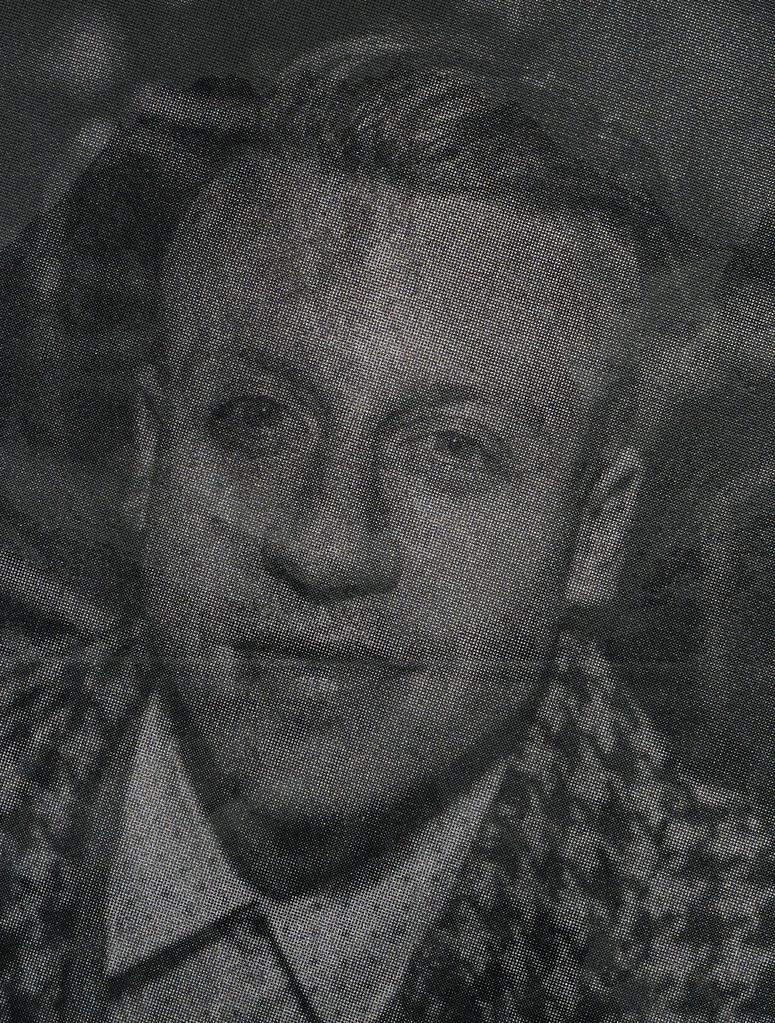
Alfred Steiner Dragontail Peak/Macklemore (after David Kaplan), 2017. Acrylic and retroreflective ink on Rives BFK gray paper, 30.125 x 22.75 inches.
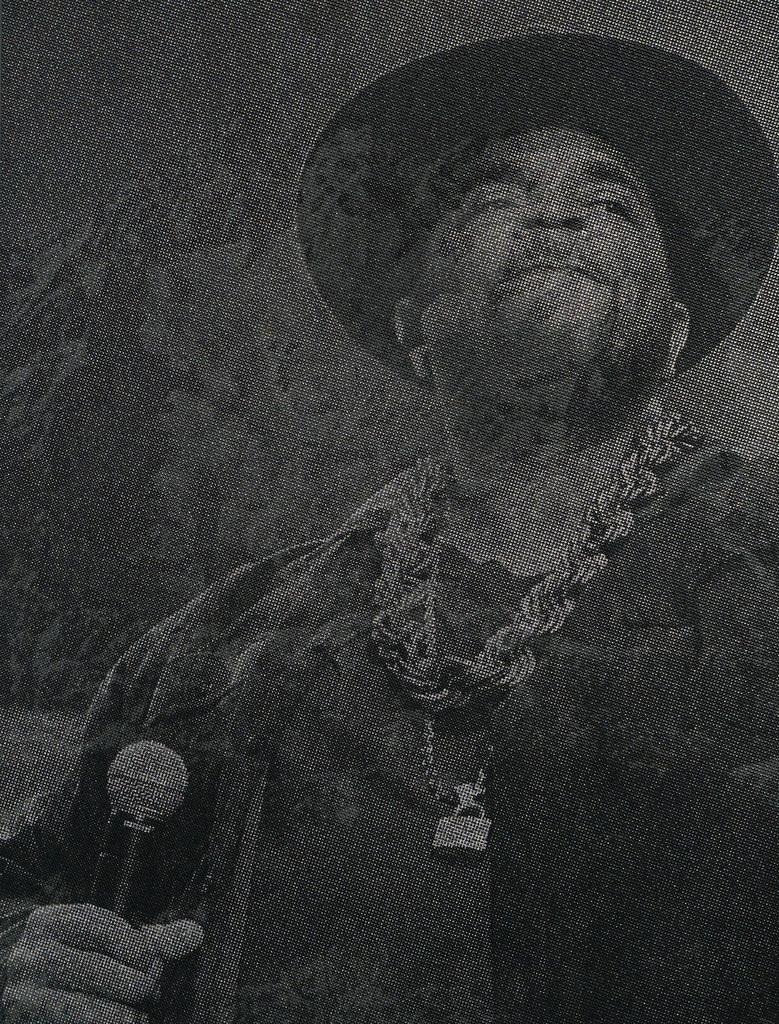
Alfred Steiner The Brothers/Sir Mix-a-Lot (after Rick Kern), 2017. Acrylic and retroreflective ink on Rives BFK gray paper, 30.125 x 22.75 inches.
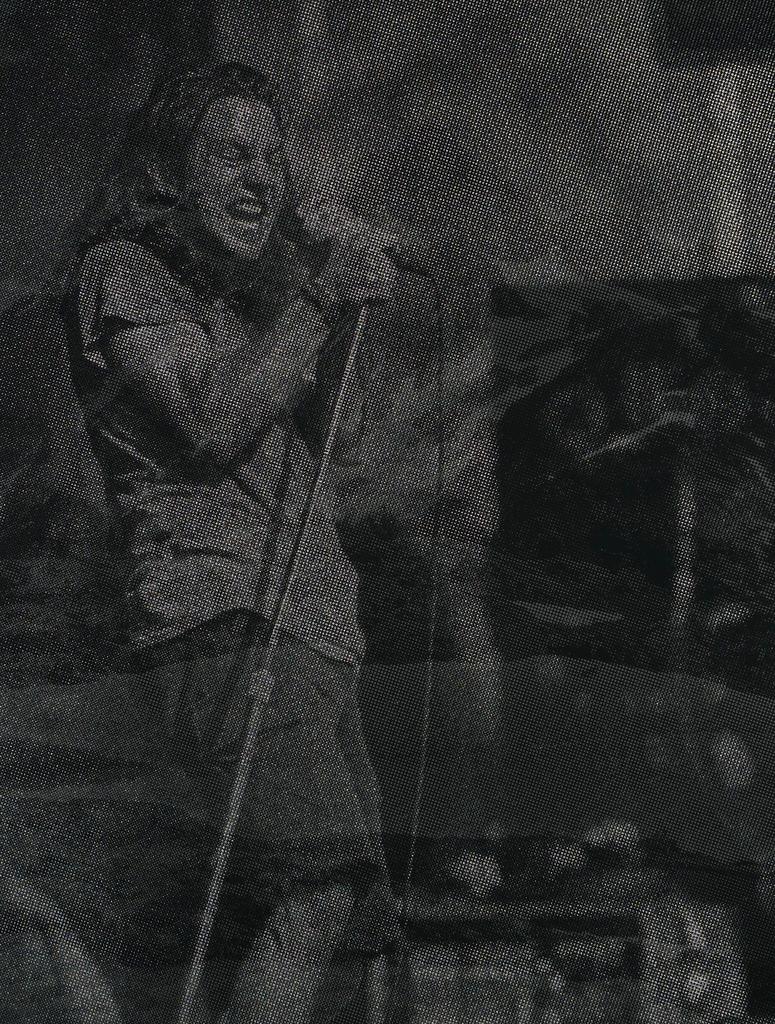
Alfred Steiner Mt. Shuksan/Eddie Vedder (after Anonymous), 2017. Acrylic and retroreflective ink on Rives BFK gray paper, 30.125 x 22.75 inches.
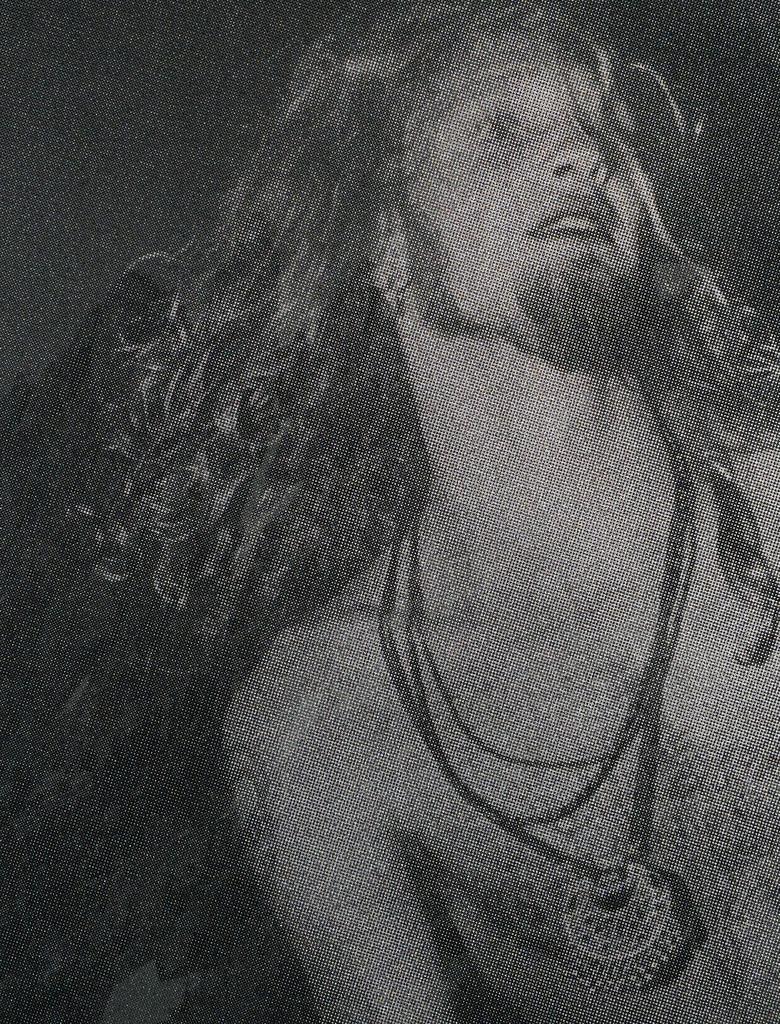
Alfred Steiner The Needles/Layne Staley (after Anonymous), 2017. Acrylic and retroreflective ink on Rives BFK gray paper, 30.125 x 22.75 inches.
